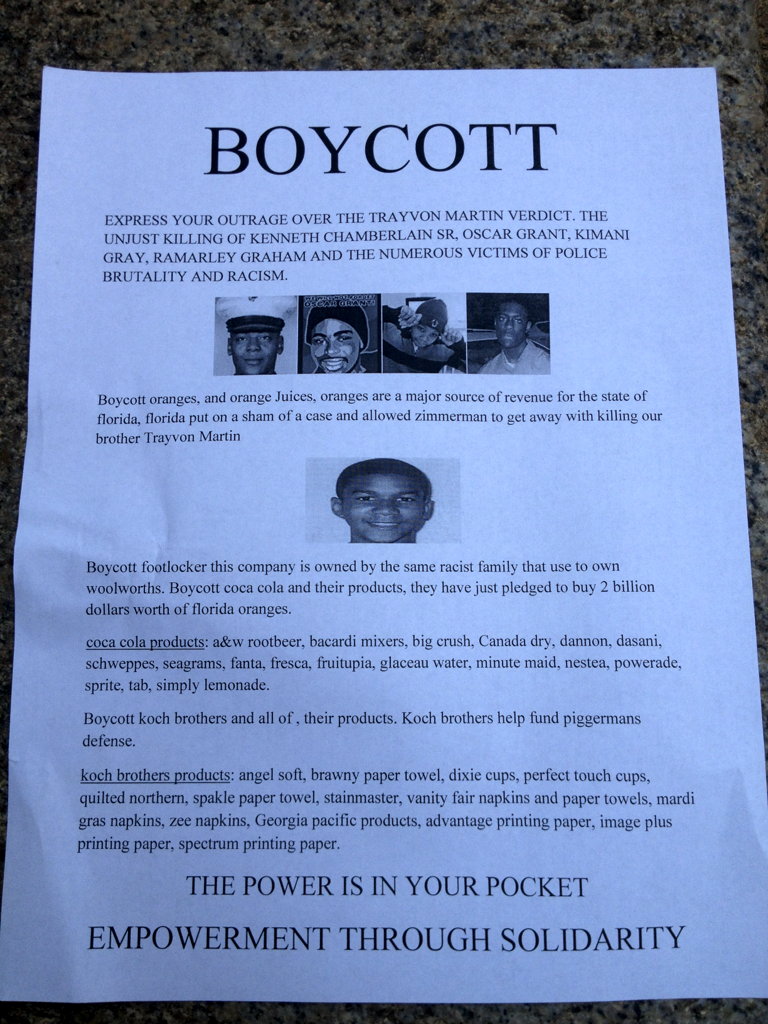In reference to the shooting that I mention here and here, the older brother of the would-be burglar has a Facebook page. According to the page, he is 23 years old, and graduated from Miles College in 2010. Miles college is a liberal arts black college that receives funding from the United Negro College Fund.
Here are a few examples of this college graduate’s writing:
Let
me tell who don’t no boots in da Sommer is a no no lol i saw a nigga
with some polo boots on with some shorts on then i saw a somebody with
some Tims on do you no how dum u look it 100 degrees out side in you got
this shit on 3,words kill your self
and this little gem:
Man
it’s time 4 me to do wat I have to do I can’t be happy cause of all da –
shit around me I’m ta dat point wat aver happens happens I’m killing my
self. 4 da last 3 n a 1/2 week my head been pound I’m lose in a lot of
wight I can’t go back n play ball cause dis n dat on my mind wat ever
happens from here da man above no wats best 4 me.
Do you want to know why the black culture is failing? This is why. This man is the male role model for his younger brother, the one he looked up to, the one who raised him. This is a broken culture, and saving the lives and futures of blacks, as well as lowering US crime, is going to have to start with fixing this broken culture.


